In The Footsteps Of 2020 CD3: Earth’s Temporary Mini-Moon

Introduction
On February 15, 2020, astronomers detected an asteroid which turned out to be a very small natural satellite of Earth, dubbed as 2020 CD3. This asteroid, having the size of a car, became our planet's second known mini-moon. The discovery of this temporary mini-moon has unveiled numerous unique features and mysteries related to asteroid exploration. In this article, we will explore some exciting discoveries related to asteroids, with a special focus on 2020 CD3.
The Orbit of 2020 CD3
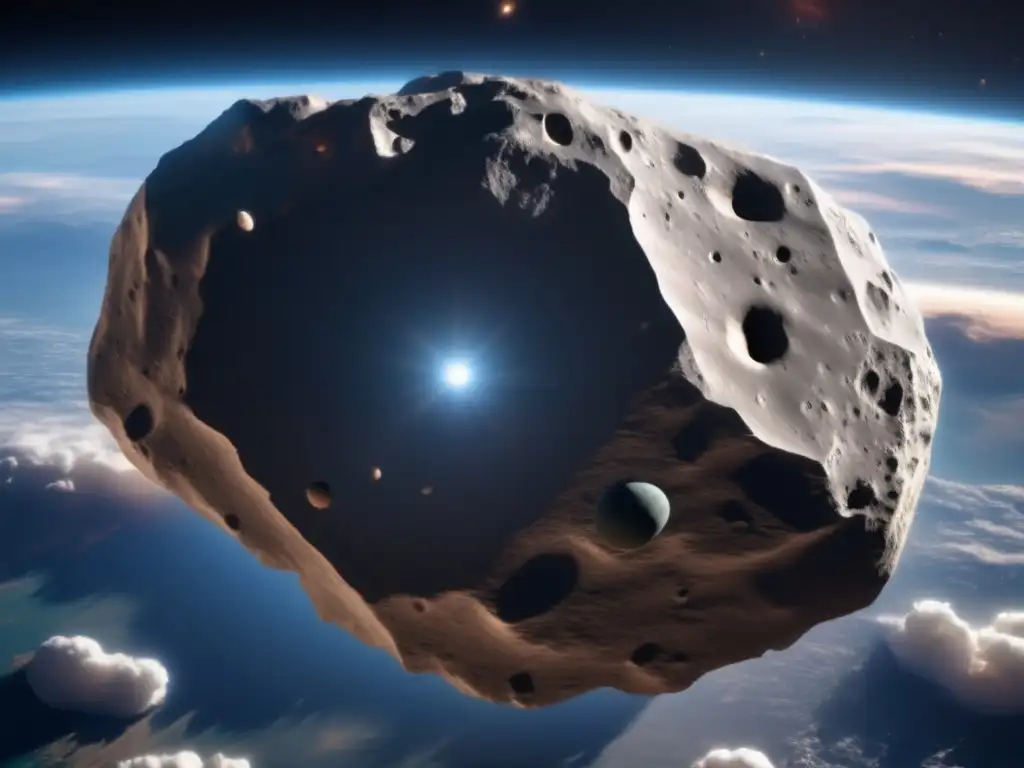
Orbit mechanics of 2020 CD3
Asteroids have different orbits, depending on their sizes, shapes, and locations. Like many other asteroids in our solar system, 2020 CD3 has an irregular orbit, oscillating between 17,000 and 45,000 miles from Earth. It can come as close as 8,100 miles from our planet and get as far away as 100,000 miles. Due to its unpredictable nature, 2020 CD3 has been a valuable object of study for astronomers, who seek to unravel the complex mechanics behind its orbit.
The formation of 2020 CD3's orbit
Asteroid 2020 CD3 was first discovered by Kacper Wierzchos and Teddy Pruyne of the Catalina Sky Survey at the Steward Observatory in Arizona on February 15, 2020. The mini-moon enters into Earth's orbit as it passes near our planet, which causes Earth's gravitational field to capture it temporarily. The exact formation mechanism behind this asteroid is still unknown, but it's believed that it is an old piece of space debris with an irregular shape, possibly from a larger asteroid that got fractured due to a cosmic collision.
Future of 2020 CD3's orbit
The temporary mini-moon 2020 CD3 will remain in Earth's orbit for at least six months, and it will leave the orbit as quickly as it entered. The mini-moon is expected to leave Earth's orbit on or about March 2021 and return to its original orbit around the Sun.
The Composition of 2020 CD3
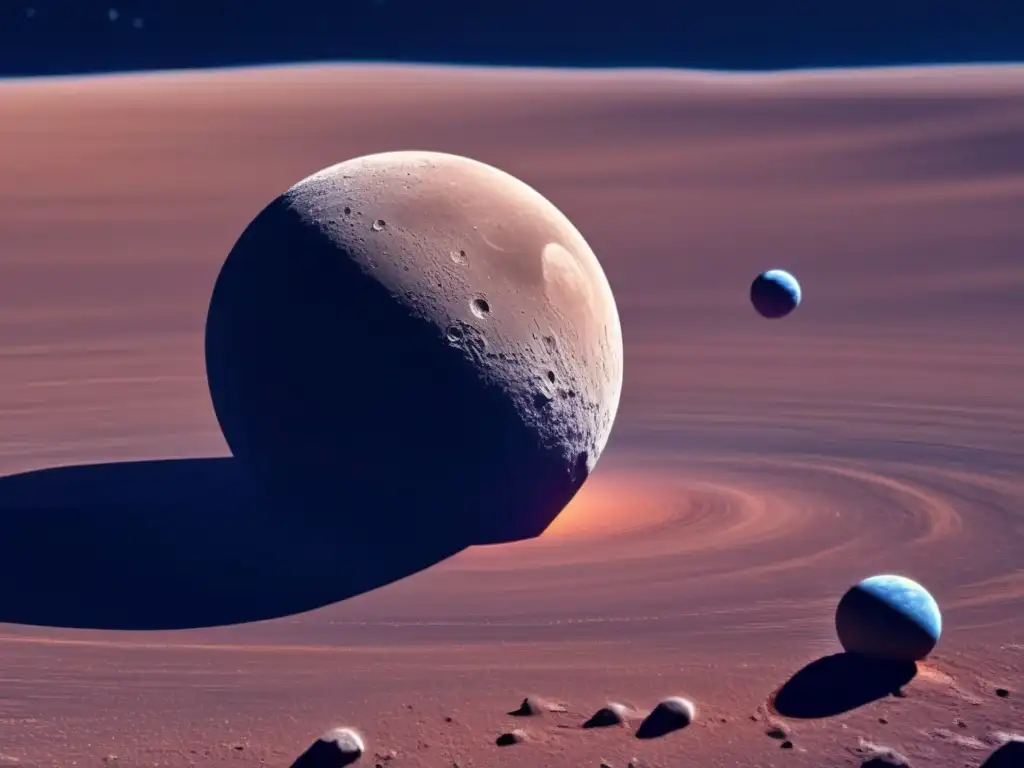
The surface of 2020 CD3
Asteroid 2020 CD3 has a highly reflective surface, indicating an abundance of exposed metals. Scientists have used spectral analysis to confirm that it is composed of silicates and metallic materials, similar to other asteroids in our solar system. Thanks to this discovery, scientists can better understand the composition of asteroids and their potential uses in resource extraction or space colonization in the future.
Critical information learned from 2020 CD3
Asteroids like 2020 CD3 are valuable sources of scientific knowledge, and their study can help us learn more about our planet, solar system, and the universe itself. By studying the composition of 2020 CD3, scientists can make inferences about the composition of other asteroids in our solar system. This information can be used to inform future missions to asteroids and help pave the way for safe and successful asteroid exploration.
The potential for resource extraction
Asteroids like 2020 CD3 are also rich sources of valuable resources, such as water, metals, and minerals. These resources can be extracted and used to fuel space exploration missions and support life beyond our planet. By exploring asteroids and studying their composition, scientists can better understand how to extract valuable resources and use them for future space exploration.
The Importance of Asteroid Exploration
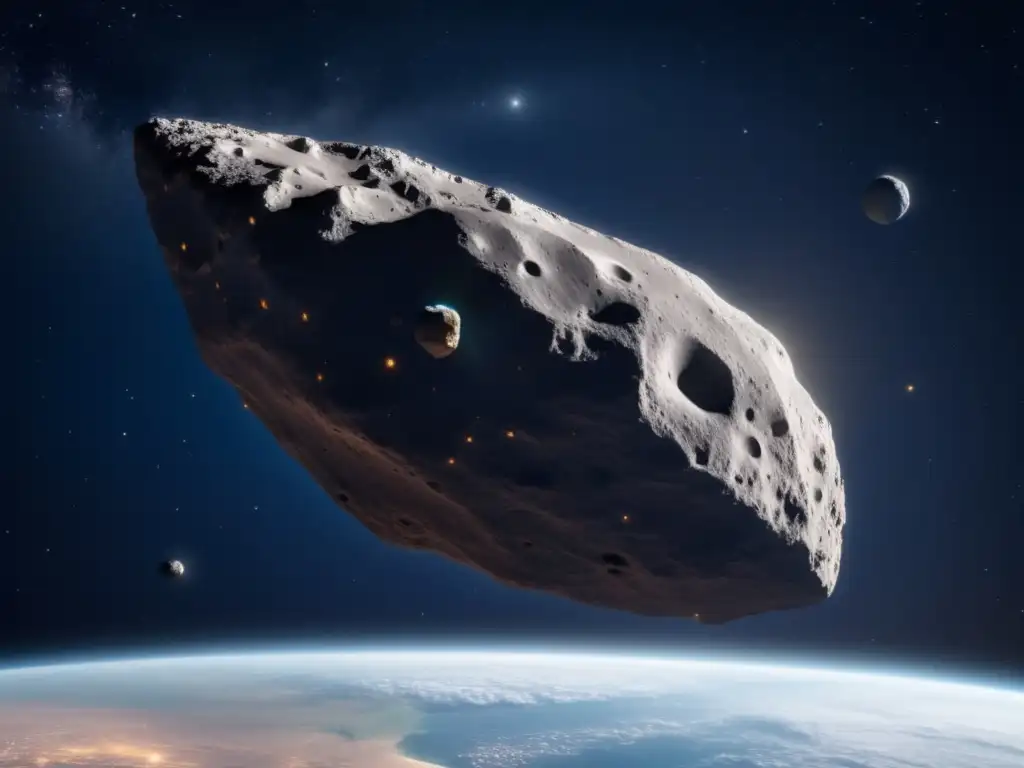
Understanding our universe
Exploring asteroids, like 2020 CD3, is essential to understanding the universe around us. These celestial objects hold key information about the formation of our solar system and the wider universe. Studying asteroids can inform our understanding of cosmic evolution and the potential for life in other parts of the universe.
Opening up new frontiers
Asteroid exploration also represents a crucial step towards opening up new frontiers for humanity. By learning more about the composition and resources of asteroids, we can develop the technology and knowledge necessary to explore and colonize other planets and moons. This could be important in the future as we seek to establish a sustainable human presence in space.
Addressing global challenges
Asteroid exploration has many practical applications, including the potential to address global challenges such as resource scarcity, climate change, and planetary defense. By unlocking the potential of asteroids, we can find innovative solutions to some of the most pressing challenges facing our planet today.
Frequently Asked Questions
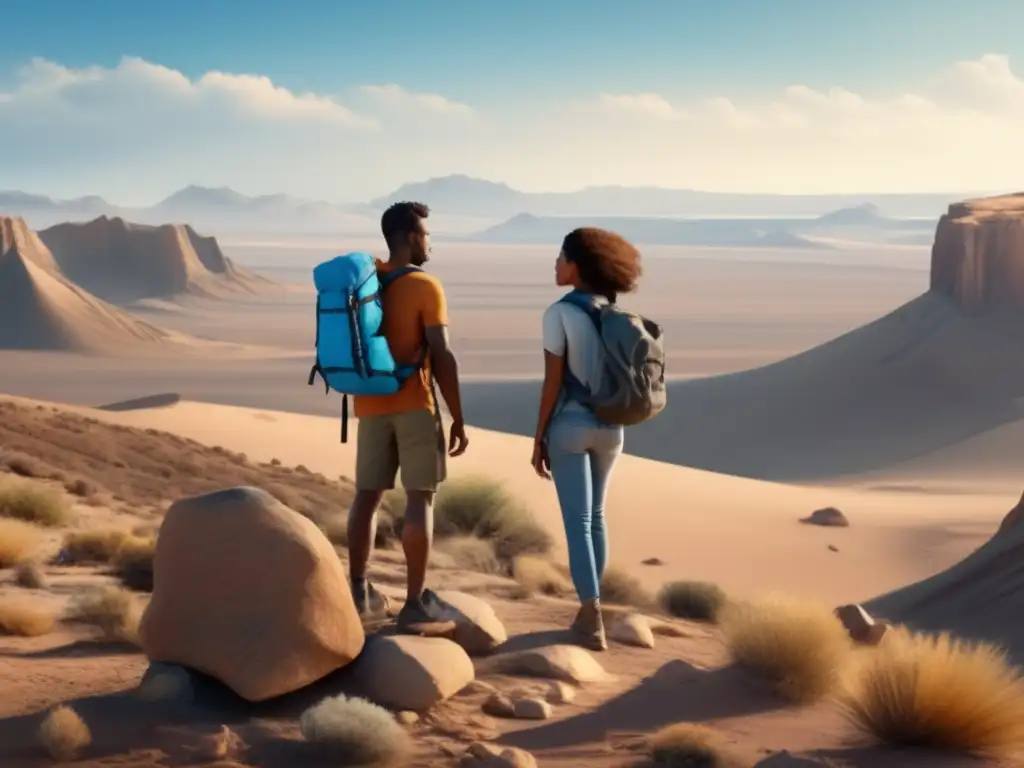
-
What is asteroid 2020 CD3?
Asteroid 2020 CD3 is a small natural satellite of Earth. It was first observed on February 15, 2020, and has been orbiting Earth since then.
-
What is the orbit of 2020 CD3?
The orbit of 2020 CD3 is highly irregular, oscillating between 17,000 and 45,000 miles from Earth. It can come as close as 8,100 miles from our planet and get as far away as 100,000 miles.
-
What is the composition of 2020 CD3?
2020 CD3 is composed of silicates and metallic materials, similar to other asteroids in our solar system. It has a highly reflective surface, indicating an abundance of exposed metals.
-
What can we learn from studying asteroids like 2020 CD3?
Studying asteroids like 2020 CD3 can help us better understand the formation of our solar system, the wider universe, and the potential for life beyond our planet. It also holds valuable resources, such as water, metals, and minerals, which can be extracted for space exploration missions and supporting life outside our earth.
-
What are the practical applications of asteroid exploration?
Asteroid exploration has many practical applications, including addressing global challenges such as resource scarcity, climate change, and planetary defense. By unlocking the potential of asteroids, we can find innovative solutions to some of the most pressing challenges facing our planet today.
Conclusion
The temporary mini-moon 2020 CD3 has been an exciting discovery, shedding new light on the mysteries of asteroids. As we continue to study asteroids like 2020 CD3, we will gain important insights into the formation of our solar system, the potential for life beyond our planet, and the technological advancements required for space exploration. We encourage readers to explore the resources on Asteroid Realm and engage with us in the comments section below.
Additional Resources
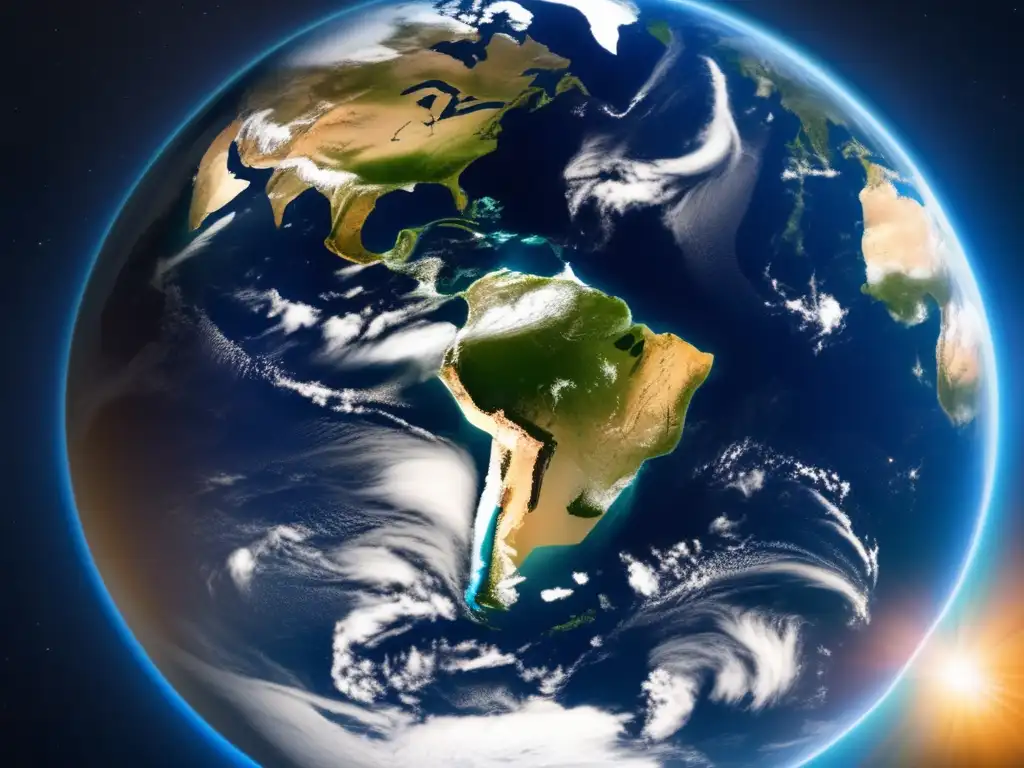
For more information about asteroid exploration, we recommend visiting NASA's asteroid page, Space Rocks and SpaceX company website
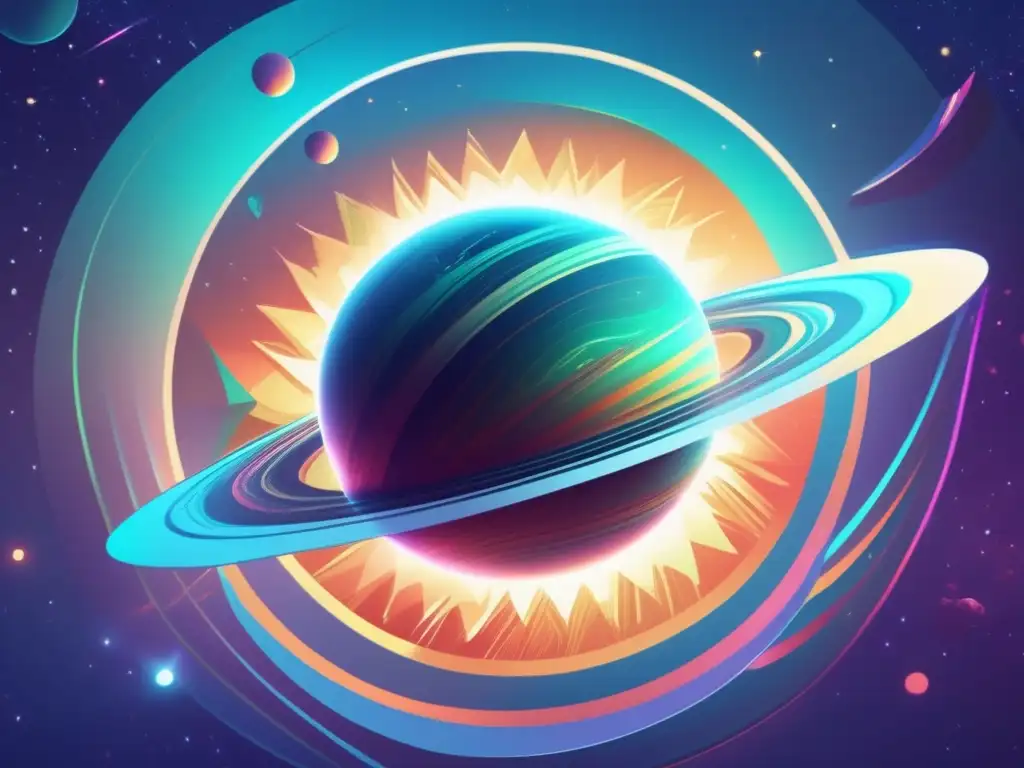 The Unusual Spin Of 2008 HJ: A Fast Rotator
The Unusual Spin Of 2008 HJ: A Fast Rotator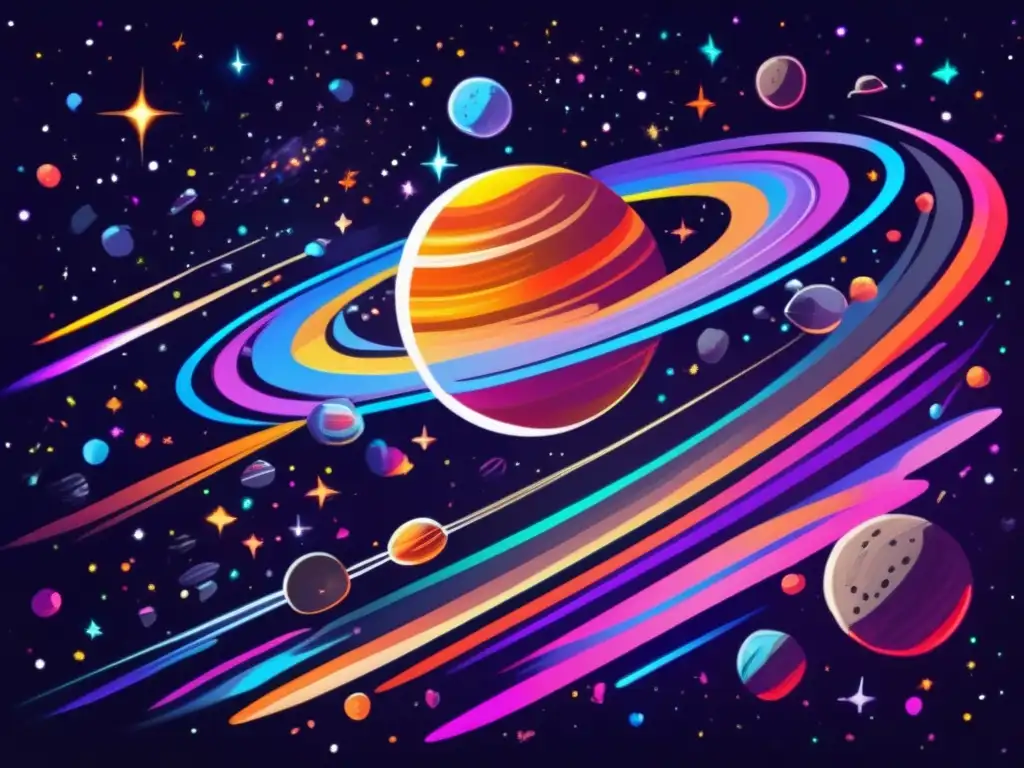 Discovering The Spectral Classes Of Asteroids
Discovering The Spectral Classes Of Asteroids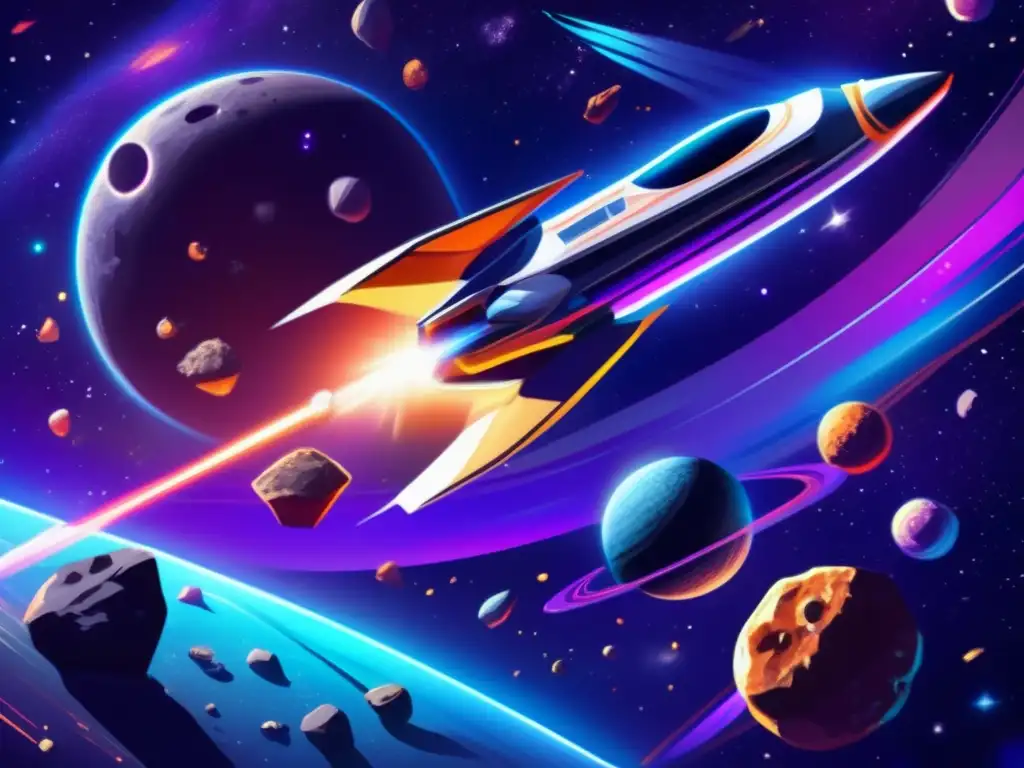 Missions To Asteroids: From Galileo To Lucy
Missions To Asteroids: From Galileo To LucyIf you want to discover more articles similar to In The Footsteps Of 2020 CD3: Earth’s Temporary Mini-Moon, you can visit the Asteroid Discoveries category.
Leave a Reply

Articulos relacionados: